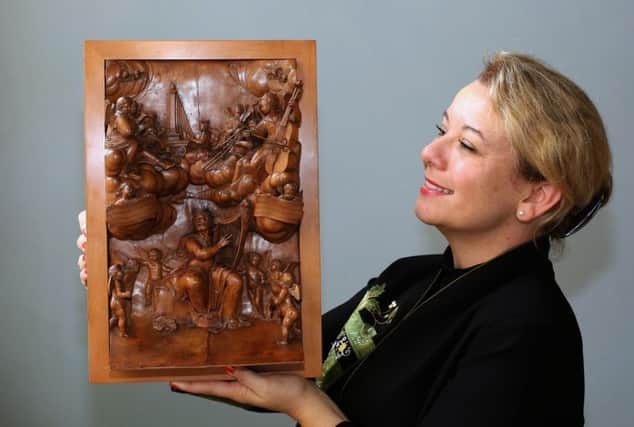How Australia influenced the grandest townhouse in York


But the upper classes of York would have considered Sir Henry Ayres to be nouveau riche, the former custodian of his old home admitted.
“Yes, they might have disapproved of him here,” said Hannah Phillip. “But then again, everyone in Australia is nouveau riche.”
Advertisement
Hide AdAdvertisement
Hide AdUniquely placed to judge, she is celebrating 10 years as director of Fairfax House, one of York’s grandest period buildings, an elegant merchant’s residence within sight of Clifford’s Tower.
A Yorkshirewoman originally from Halifax, she emigrated with her family at one year old to Adelaide, the cosmopolitan coastal capital of South Australia, and rose to become manager of its flagship historic property, the 19th century Ayres House.
Though separated by 100 years, it and Fairfax House are similar – both city centre residences and beloved by the locals.
“Australia has much less built heritage then we have here – so what they’ve got they really value and treasure,” she said.
Advertisement
Hide AdAdvertisement
Hide AdShe left her job there to take over in York, after seeing the job advertised, and her decade in charge, which was celebrated last night with the kind of party for which Fairfax House was once noted, has seen it recognised as perhaps England’s finest Georgian townhouse, host to a series of popular exhibitions.
“The greatest privilege was the challenge to stamp my own mark on this exquisite townhouse, to take it forward in every way and to help bring it the attention it justly deserves,” she said.
The house was not always as well appreciated. Modelled in the Palladian style by its second owner, Viscount Fairfax, who in turn commissioned John Carr, the architect responsible for Harewood House, it was later downgraded to a building society, a gentlemen’s club and a cinema before being bought and restored as Carr left it by York Civic Trust.
Among the specialities it has developed on Ms Phillip’s watch is fashion from the Georgian era to the 20th century. Her influence was the extensive collection of gowns held at Ayers House, whose original owners had looked to the mother country for inspiration.
Advertisement
Hide AdAdvertisement
Hide Ad“I knew it was something that would resonate with people,” she said. “An amazing way to come to grips with a period in history is to look at what people wore. You can then start to imagine the people that inhabited the clothing.
“It’s fascinating to see how the shape of the silhouette changed through the Victorian era and into the flapper age of the 1920s.”
The latest success credited to the house is the saving of the King David panel, a boxwood sculpture by the 17th century carver, Grinling Gibbons. Two years ago, it mounted an appeal to prevent the work from being sold abroad, and within a few months had raised the £30,000 needed to keep it on permanent display in York.